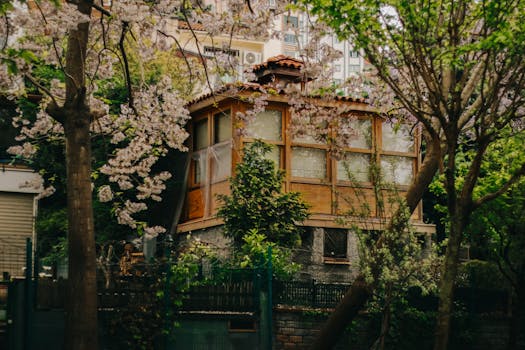
Urban Green Spaces: The Future of Outdoor Living in European Cities by 2025
Urban Green Spaces are becoming increasingly important in European cities, and for good reason. As the world becomes more urbanized, the need for green spaces has never been more pressing. In this article, we will explore the future of outdoor living in European cities and how urban green spaces will play a crucial role in shaping it.
What are Urban Green Spaces?
Urban green spaces refer to any area in a city that is dedicated to nature and the environment. This can include parks, gardens, green roofs, and even urban forests. These spaces provide a range of benefits, including improved air quality, reduced noise pollution, and increased biodiversity.
The Importance of Urban Green Spaces
Urban green spaces are essential for the health and wellbeing of city dwellers. They provide a space for people to relax, exercise, and socialize, which is critical for mental and physical health. Additionally, urban green spaces help to mitigate the effects of climate change by absorbing carbon dioxide and reducing the urban heat island effect.
The Future of Outdoor Living in European Cities
By 2025, European cities will be even more urbanized, with more people living in cities than ever before. This will put a strain on existing green spaces, making it essential to create new and innovative spaces for people to enjoy. Urban green spaces will play a crucial role in shaping the future of outdoor living in European cities, providing a range of benefits, including improved air quality, reduced noise pollution, and increased biodiversity.
Sustainability and Green Infrastructure
Sustainability and green infrastructure will be at the forefront of urban planning in European cities by 2025. Cities will need to incorporate green spaces into their designs, using innovative materials and technologies to create sustainable and resilient spaces. This will include green roofs, green walls, and urban forests, which will help to mitigate the effects of climate change and improve air quality.
Green Spaces and Mental Health
Green spaces will also play a critical role in improving mental health in European cities. Studies have shown that spending time in nature can reduce stress, anxiety, and depression, while also improving mood and cognitive function. By incorporating green spaces into urban designs, cities can help to improve the mental health and wellbeing of their residents.
Examples of Urban Green Spaces in European Cities
There are many examples of urban green spaces in European cities, each with its own unique character and benefits. Some examples include:
- The High Line in London, which is a former rail line that has been converted into a park
- The Gardens by the Bay in Paris, which is a large park that features stunning gardens and green spaces
- The Urban Forest in Berlin, which is a large forest that has been incorporated into the city’s design
Conclusion
Urban green spaces are the future of outdoor living in European cities. By incorporating green spaces into urban designs, cities can improve air quality, reduce noise pollution, and increase biodiversity, while also improving the mental and physical health of their residents. As we look to the future, it is essential that we prioritize the creation and maintenance of urban green spaces, ensuring that they continue to thrive and provide benefits for generations to come.






